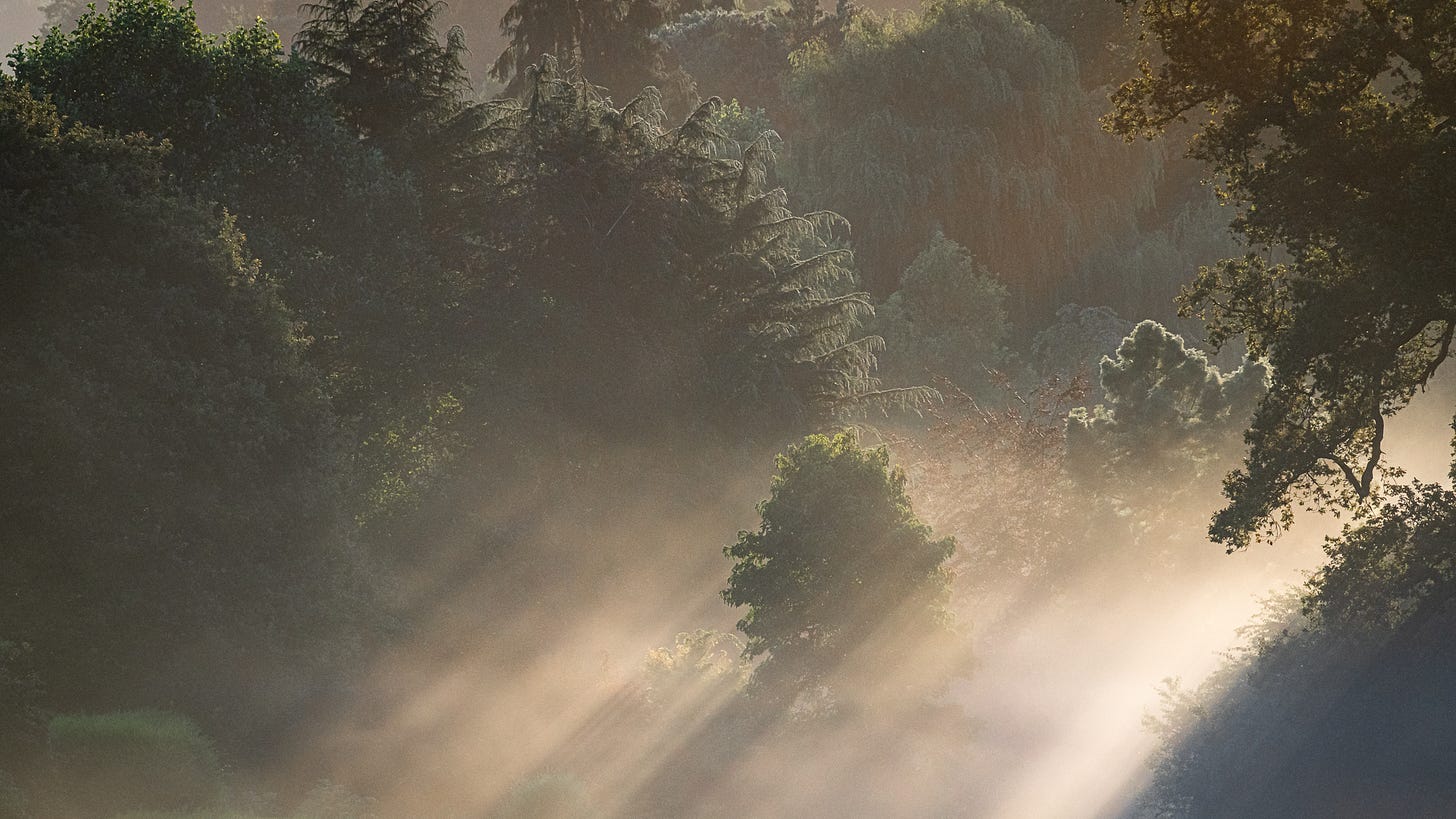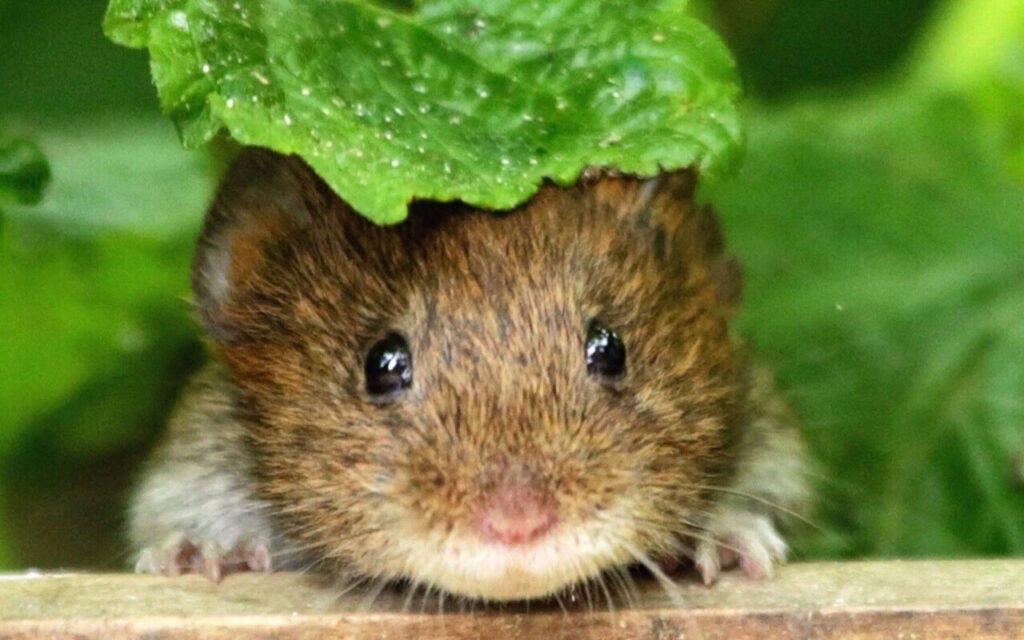4 Amazing Trees to Get Your Wild On!
We take a look at 4 trees that can truly make the wildlife difference!
As a part of our series on Autumn Rewilding Practices we examine why planting native trees and shrubs is such a vital aspect of rewilding, especially in Britain, where local flora plays an integral role in sustaining the ecosystem. We focus on 4 trees that can make a big impact in your garden or small park. The English oak, hawthorn, rowan, and hazel each offer unique contributions that benefit birds, insects, and mammals, creating a thriving, interconnected habitat for wildlife.
LettsSafari's 10 Best Garden Rewilding Practices for Autumn
Autumn is the perfect season to start rewilding your garden as nature transitions and prepares for the colder months. Embracing rewilding practices helps create a haven for wildlife, enhances biodiversity, and improves soil health. Get it right now and next spring and summer might surpirse you!
The English oak (Quercus robur) is perhaps the most significant native tree in Britain. It serves as a keystone species, hosting more than 2,300 species of wildlife. The oak's leaves support caterpillars and other larvae, which are essential food for many bird species, including blue tits and great tits during their breeding season. Its acorns provide sustenance for mammals such as squirrels, deer, and wood mice, which, in turn, play roles in seed dispersal and forest regeneration.
Oaks also offer nesting sites and shelter, fostering a robust ecosystem. LettsSafari parks boast dozens of large, ancient oak trees. We planted hundreds of diverse young oak trees in Dawlish Park alone - now they are fast growing, hormonal teenagers!.
Hawthorn (Crataegus monogyna) is another crucial native shrub that supports British wildlife. In spring, it produces clusters of white flowers rich in nectar, attracting pollinators like bees and butterflies. These pollinators are fundamental for the health of broader plant communities, aiding in the pollination of various native and garden plants.
In autumn, hawthorn produces haws, red berries that sustain birds such as blackbirds, thrushes, and starlings through the colder months. Its dense branches provide nesting sites and shelter for birds and small mammals, adding to its ecological importance.
Rowan (Sorbus aucuparia) , or mountain ash, is known for its striking red berries that appear in late summer and early autumn. These berries are highly nutritious and attract a range of bird species, including fieldfares and waxwings, which rely on them for energy during migration. In addition to benefiting birds, the rowan’s blossoms support various pollinators, enhancing biodiversity. Its bright red berries are a welcome sight on a grey, misty Autumn morning.
Hazel (Corylus avellana) is a versatile native shrub that offers both food and habitat. Its catkins, appearing in early spring, are one of the first pollen sources for bees, giving them essential nourishment after winter. By late summer, hazelnuts provide a rich food supply for mammals such as dormice and red squirrels, which rely on these nuts for fat reserves. The dense, multi-stemmed growth of hazel also creates excellent nesting sites for birds.
Next week we look at why the dormouse is such a foundational cornerstone species for smaller-scale rewilding - but not how you might imagine it!
The importance of planting native species lies in their evolved relationships with local wildlife. These plants are adapted to the local climate and soil, making them more resilient and beneficial compared to non-native species. They support native insects that are specialised to feed on them, creating a foundational food source for birds and other higher-level consumers. And, naturally, planted correctly they also improve the soil while storing carbon under the ground where it should be.
LettsSafari regularly reviews the various tree options available for smaller-scale rewilding to help you make the best choices. By incorporating native trees, shrubs and wild grasses into our gardens and parks, we help build a self-sustaining ecosystem where each species contributes to the overall health and balance. This practice is essential not only for enhancing biodiversity but also for maintaining ecosystem services such as pollination, seed dispersal, and habitat creation.
In turn, these natural processes support cleaner air, healthier soils, and a resilient environment capable of withstanding climate shifts and human impact. This orchestra of nature is what rewilding is all about. Done right, the impact is quite sensational.
Get more LettsSafari updates and wildlife photos from our twitter. And read the latest posts at the LettsSafari + website.







